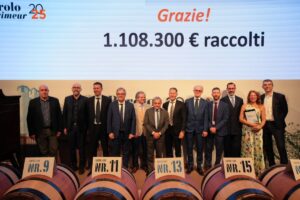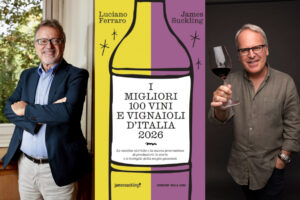It is a fact that the Italian wine market is not bursting with enthusiasm, and consumption is on a progressive and relentless (it seems) decline. And, the cuttings, from which everything is born, are now relying on foreign markets. Translated, this means that Italy is planting fewer and fewer vineyards. The new frontier for wine seems to be more and more in the East, especially China, while the cuttings are seeking more traditional roads. Here are the trends that Eugenio Sartori, CEO of the Cooperative Vivai Rauscedo, European leader in the industry, with 80 million cuttings produced per year, narrated to WineNews.
“It is a difficult situation - foreign markets are very strong. 46% of our cuttings are destined across the border, thanks to a policy of caution, which over the years has increased many of the most popular grape varieties in Spain, Portugal and France, where we have significant market shares”. And, in markets where native grape varieties are not the driving force, as is the case for Italian wine.
“The international varieties are the most popular, mainly in the U.S.A., Argentina, Brazil, North Africa and former Yugoslavia”. A little surprisingly, China is missing from the list of countries that request cuttings from abroad. “China has changed the rules on the profiles for the import of cuttings. The new criteria, which is very selective, seems to be more of a blockade to foreign plants, than a serious policy of prevention. In short, although China will probably need to have more varieties of grapes, they are forcing us and the French to wait, and the decisions that the European Union will take are still not clear”. What about Italy? “In 2011 we got a +12% compared to 2010, but it remains a delicate situation. The positive result is due, to a large extent, to Prosecco and Moscato, because the traditional markets of Tuscany, Piedmont and Sicily are definitely slowing down, if not altogether stopped. There is a question of the new demand for lighter wines, not only from the point of view of alcohol, but apparently, also price”.
Copyright © 2000/2025
Contatti: info@winenews.it
Seguici anche su Twitter: @WineNewsIt
Seguici anche su Facebook: @winenewsit
Questo articolo è tratto dall'archivio di WineNews - Tutti i diritti riservati - Copyright © 2000/2025









































































































































































































